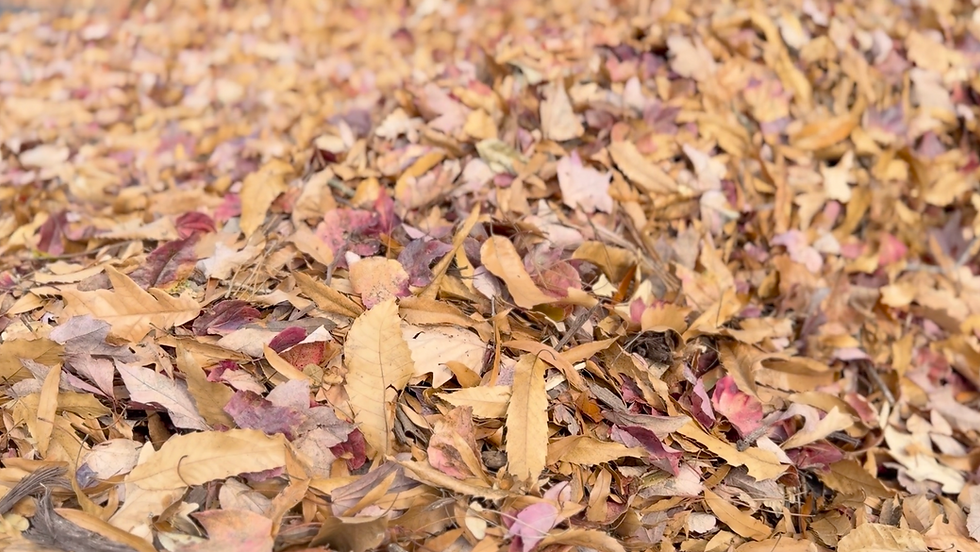CRAPE MYRTLE BARK SCALE
- GreenView Partners
- Mar 2, 2023
- 3 min read
Updated: Mar 3, 2023
Written by Tyner Tew - Partner, Director of Sales & Marketing

Crape Myrtles are known for their beautiful, smooth bark, flower production, resilience and pest resistance...until recently. The last 2-3 years, there have been an increasing number of Crape Myrtles in the Carolinas that have fallen prey to a pest that has not existed until recent years, originating from the Southeastern United States and moved its way North. That pest being Crape Myrtle bark scale.
Crape Myrtle bark scale is a pest that can infest and damage Crape Myrtle trees. Here are some signs and symptoms to be aware of for Crape Myrtle bark scale:
White or gray waxy scale coverings on branches, trunks, and sometimes leaves of the Crape Myrtle tree. The scale covers are often mistaken for mold or fungus.
A black sooty mold growth on the leaves, branches, and trunk of the tree, caused by a secretion of honeydew by the scale insects.
Yellowing or wilting leaves that fall off prematurely, resulting in a thin canopy.
Twig and branch dieback, with a reduction in overall growth and vigor. Reference photo above.
Presence of ants on the tree, as they are attracted to the honeydew excreted by the scale insects.
A sticky residue on the leaves and branches, which can attract other insects and make the tree more vulnerable to other diseases.
Examples of Crape Myrtle Bark Scale
If you notice any of the signs/symptoms listed above on your Crape Myrtle tree/s, it is likely that your tree has been infested by Crape Myrtle bark scale. It's important to take action quickly to control the infestation, as the longer the scale insects are allowed to proliferate, the more difficult it can be to manage them.
Here are some steps to treat for Crape Myrtle bark scale:
Identify the problem: Look for the characteristic white or gray scale covers on the branches, trunk, and leaves of the Crape Myrtle tree, as well as the black sooty mold and twig dieback that can be caused by the pest. Reference photos above.
Prune heavily infested branches: Pruning is an effective method for removing heavily infested branches and can help prevent the spread of the scale insects. Make sure to dispose of the pruned branches away from the tree and garden area.
Apply insecticides: There are several insecticides available that can help control Crape Myrtle bark scale short-term and long-term. These include systemic insecticides, which are taken up by the tree and can provide longer-lasting control, and contact insecticides, which kill the insects on contact. Systemic approaches can take 2-3 weeks to take effect and control scale for 6-9 months, while contact insecticides can address scale in 1-2 days, but have control for 3-4 weeks.
Implement good cultural practices: Keeping your Crape Myrtle tree healthy and stress-free can help prevent infestations. Do not hard-prune ("Crape Murder") as this creates a lot of stress on your tree/s, water the tree regularly if in periods of severe drought, avoid over-fertilizing, and avoid damaging the roots or trunk of the tree as pheromones are released that attract pests.
It's important to note that Crape Myrtle bark scale can be difficult to control, so it may take a combination of treatments to manage the infestation. Be sure to follow the label instructions for any insecticides or oils you use personally, and consult with your GreenView Partners Account Manager for professional treatments.












Comments